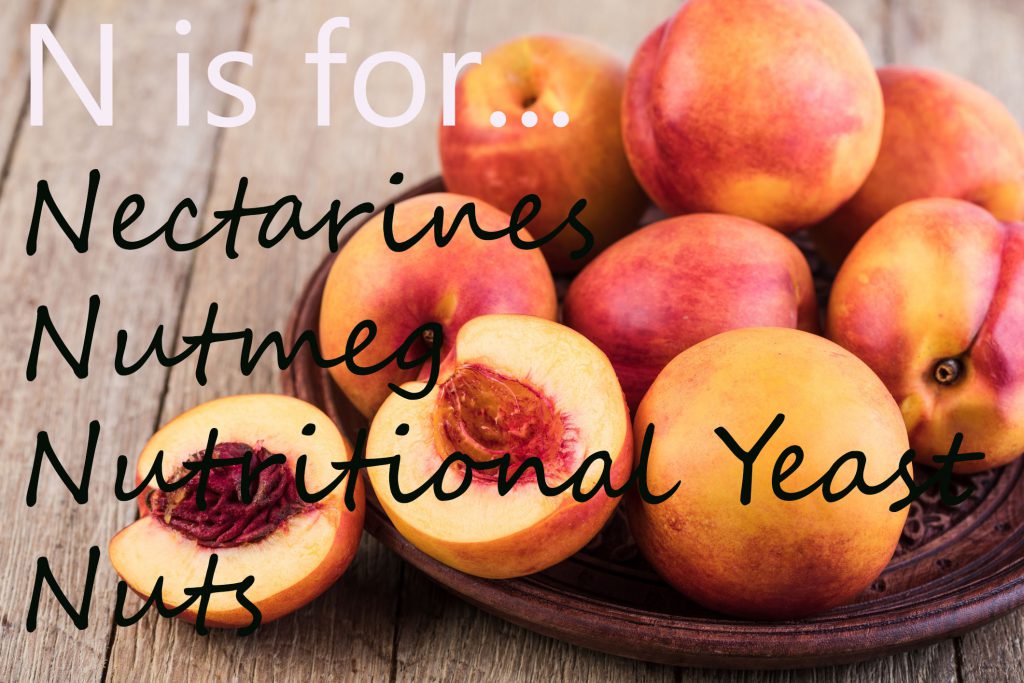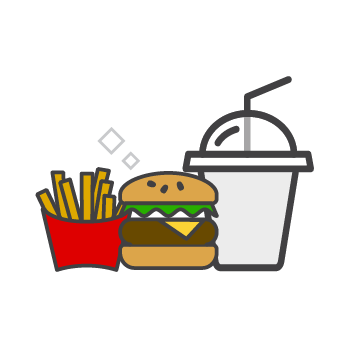Healthy Alphabet: N is For…Four Foods that are Good For You
by Karen Rollins Feb 3, 2020

We are constantly bombarded with information about what we should and shouldn’t be eating which can become confusing.
Yello has decided to go for a simple approach and provide an alphabetical guide to some of the healthiest foods you can add to your diet.
We’ll be going from A-Z and listing up to five fruits and vegetables that are packed with minerals and vitamins while also providing nutritional facts on their health benefits.
We’ve looked at A-M, so now it’s time for N.
Nectarines
Nectarines are a sweet and juicy fruit with thin, smooth skin and a stone in the middle just like a peach.
There are two different varieties of nectarines – white nectarines, which have white flesh and red skin, and golden nectarines which have a yellowish flesh. They have been cultivated for about 4,000 years.
Nectarines are rich in fibre and low in calories. They are a good source of essential vitamins and minerals including vitamin A, vitamin C, copper and potassium.
Nutrition facts (1 large nectarine):
– 0.5 grams of total fat
– 16 grams of carbohydrates (5% of daily value (DV))
– 2.7 grams of dietary fibre (11% DV)
– 1.7 grams of protein (3% DV)
– 8.4 milligrams (mg) of vitamin C (14% DV)
– 518 IU of vitamin A (10% DV)
– 314 mg of potassium (9% DV)
– 0.1 mg of copper (7% DV)
Nutmeg
Nutmeg is a common spice used in savoury dishes, sweet baked foods and some drinks such as eggnog. It can be bought in whole or ground form and has a sweet taste and warm flavour.
Nutmeg is primarily cultivated from trees grown in Indonesia and the West Indies. A fully-grown tree can reach up to 60 feet and the fruit is the source of nutmeg and mace, two invaluable spices.
Nutmeg contains various plant-derived chemical compounds which have antioxidant and disease preventing properties. However, in large quantities nutmeg can be toxic and has been known to cause hallucinations, nausea, palpitations or convulsions.
Nutrition facts (1 tablespoon / 7 grams):
– 36.8 calories
– 1.5 grams of dietary fibre (6% DV)
– 1.8 grams of saturated fat (9% DV)
– 0.4 grams of protein (1% DV)
– 5.3 micrograms (mcg) of folate (1% DV)
– 0.2 mg of manganese (10% DV)
– 0.1 mg of copper (4% DV)
– 12.8 mg of magnesium (3% DV)
Nutritional Yeast
Nutritional yeast is produced by culturing a yeast (fungi) within a growth medium such as beetroot, whey or sugarcane. When the yeast is ready it is heated to deactivate the live cultures and processed into flakes or a powder.
It’s used a lot in vegan cooking because it adds a cheesy taste to meals. It is also dairy free and gluten free.
Nutritional yeast contains a good amount of protein and fibre and is rich in several B vitamins and essential minerals.
Nutrition facts (1 ounce):
– 78.8 calories
– 7 grams of dietary fibre (28% DV)
– 14 grams of protein (28% DV)
– 16.8 mg of vitamin B6 (840% DV)
– 17.0 mg of riboflavin (998% DV)
– 98.0 mg of niacin (490% DV)
– 5.3 mg of zinc (35% DV)
– 42.0 mg of magnesium (11% DV)
Nuts
Nuts are a healthy snack because they are full of complex carbohydrates, protein, and fibre, as well as monosaturated fat.
All nuts have varying nutritional benefits, but most are a powerful source of several vitamins, omega-3, omega-6, zinc, iron, calcium and magnesium. They also contain plant sterols which are believed to reduce the risk of cancer and actively help to reduce blood cholesterol levels.
According to the Healthline website the five best nuts to snack on for better health are almonds, pistachios, walnuts, cashews and pecans.
Watch out for the rest of the healthy food alphabet in this series to be published on Find Yello, and click to take a look at the previous A, B, C, D, E, F, G, H, I, J, K, L and M articles.
Sources: The Food Coach / Very Well Fit.com / Healthline / Nutrition Data / Medical News Today / BBC Good Food / Healthline








